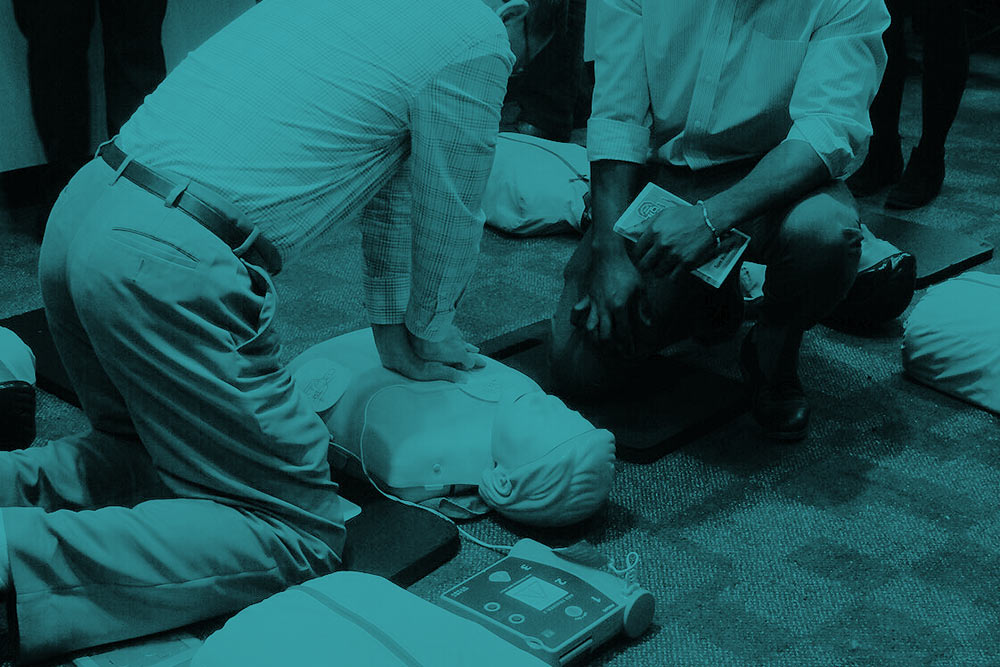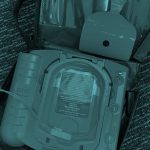
The Importance of knowing How to Use an AED
In our two previous posts we have discussed both the Importance of AEDs and Importance of how to access them.
Now we delve into the Importance of knowing how use an Automated External Defibrillator.
The first step is to determine whether a defibrillator is actually needed. An automated external defibrillator should only be used on someone suffering sudden cardiac arrest, presenting as unconscious and not breathing. It should never be used on a patient suffering a heart attack, who is still conscious and breathing. If a person is suffering from cardiac arrest, they’ll be unresponsive without a palpable pulse, and not breathing or gasping for air.
Before using the AED
If someone goes into cardiac arrest, it’s important to call emergency services immediately. If multiple bystanders are available, have someone else call 9-1-1 for example in the USA and retrieve the defibrillator while you perform cardiopulmonary resuscitation (CPR). Otherwise, if no one else is around, call 9-1-1 yourself and turn on the AED.
Before using the device, the user must ensure that the scene is free from any potential accident-causing material. For example, if the sudden cardiac arrest is caused by electrocution, make sure that there’s no live wire nearby.
During cardiac arrest, the heart does not pump blood to the other organs, so organ failure can occur in just minutes. That’s why it’s important to start emergency procedures immediately while someone else calls for help. Every minute is critical.
Here are the simple steps to follow:
- Confirm that the patient is experiencing cardiac arrest (no breathing, unconscious).
- Turn on the AED and follow the audio or visual instructions relayed by the machine.
- Ensure the victims chest if exposed. Wipe it dry to ensure that the device sticks well to the victim’s skin.
- Attach the AED pads to the defibrillator and plug in the connector.
- All should stand clear of the patient at this point.
- Push the button to activate the heart rhythm analysis.
- If the AED device notifies you to send the electric shock, push the button to initiate the action.
- After delivering the shock or if shock is not recommended, administer CPR. And continue to follow the prompts from the machine.
- After two minutes of CPR, the AED may again prompt you to stop CPR to analyse, potentially resulting in having to administer additional shocks. Continue to follow the AED prompts, with two minutes of CPR between each analysis, until emergency services arrive.
Remember, an AED can save lives. That being said, learning the basic knowledge of how to administer CPR and other first aid techniques would always be an advantage in saving someone else’s life, until a professional medic arrives.
___________________________________
Sources
www.aedleader.com
www.ghp-news.com






